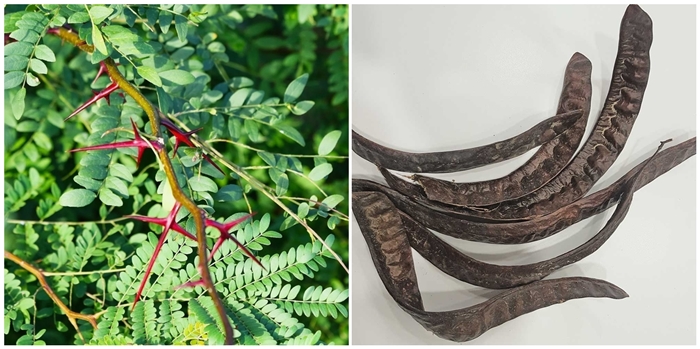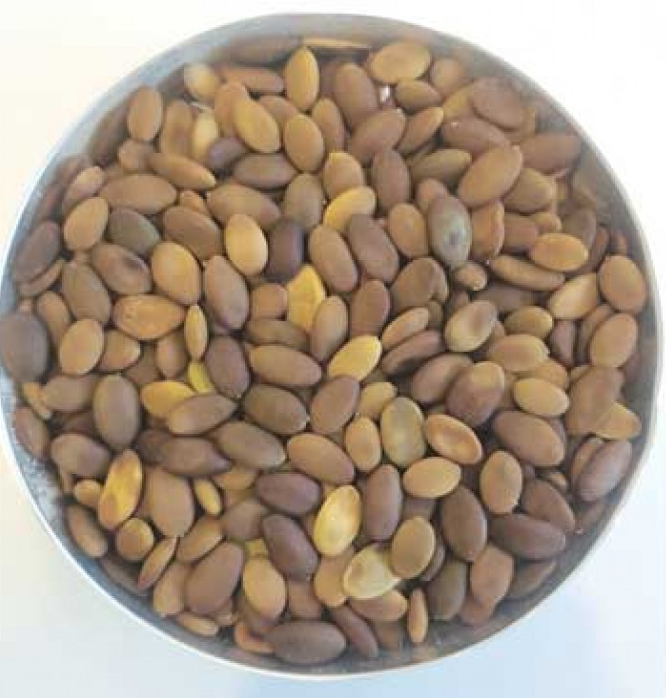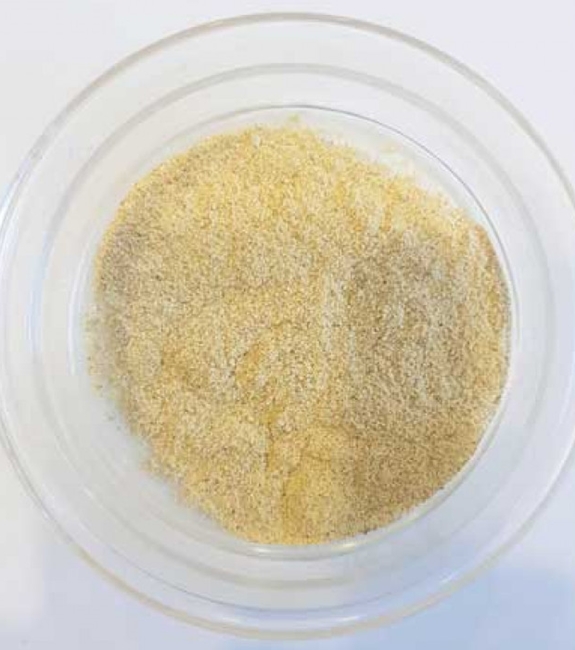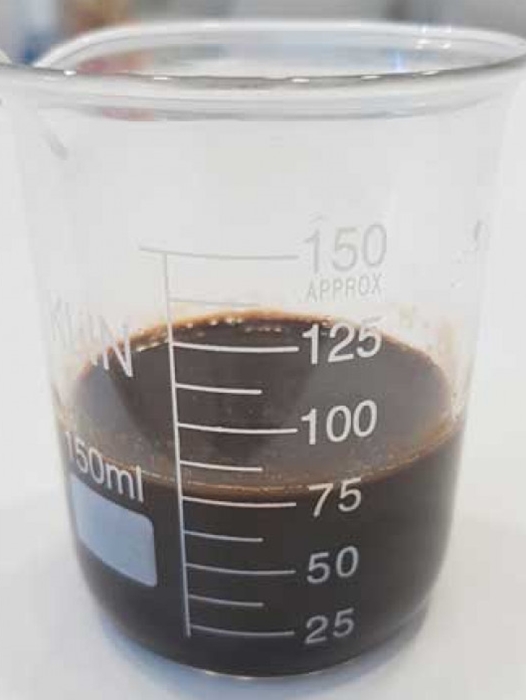The biotechnology laboratory at the Academy of Sciences of Turkmenistan has made significant strides in developing a sustainable method for producing galactomannan, a natural gel widely used in the food and pharmaceutical industries. This innovative approach utilizes the readily available Gleditsia tree, a familiar sight in gardens and parks across Turkmenistan.
Beyond its ornamental value, Gleditsia shows remarkable resilience. It flourishes in saline soils, withstands extreme temperatures, and boasts a lifespan of nearly a century. Moreover, its flowers attract bees, contributing to honey production with impressive yields of 250 kg per hectare.
Turkmen scientists are delving deeper into the fascinating properties of Gleditsia, specifically focusing on extracting and analyzing the physico-chemical properties of galactomannans within its seeds and pods. They used both cold and hot methods to extract polysaccharides from the plant.
The unique properties of galactomannan make it a versatile material sought after in various industries. Its lack of toxicity and the properties of its aqueous solutions render it ideal for use as a food additive, stabilizer, thickener, and gelling agent.
Commercial galactomannan preparations are already utilized in the food, pharmaceutical, and cosmetic industries. Furthermore, research suggests its potential to regulate lipid and carbohydrate metabolism, promote gut health, and even possess immunomodulatory properties.
Moreover, Gleditsia’s leaves contain triacanthine, an alkaloid known for lowering blood pressure, and the tree itself has shown promise in treating digestive ailments.
Current research focuses on developing exclusive Gleditsia-based technologies for various applications, including: tea and coffee substitutes, pekmez production, animal feed, natural gels. ///nCa, 11 January 2024 (photo credit – Neutral Turkmenistan Newspaper)



